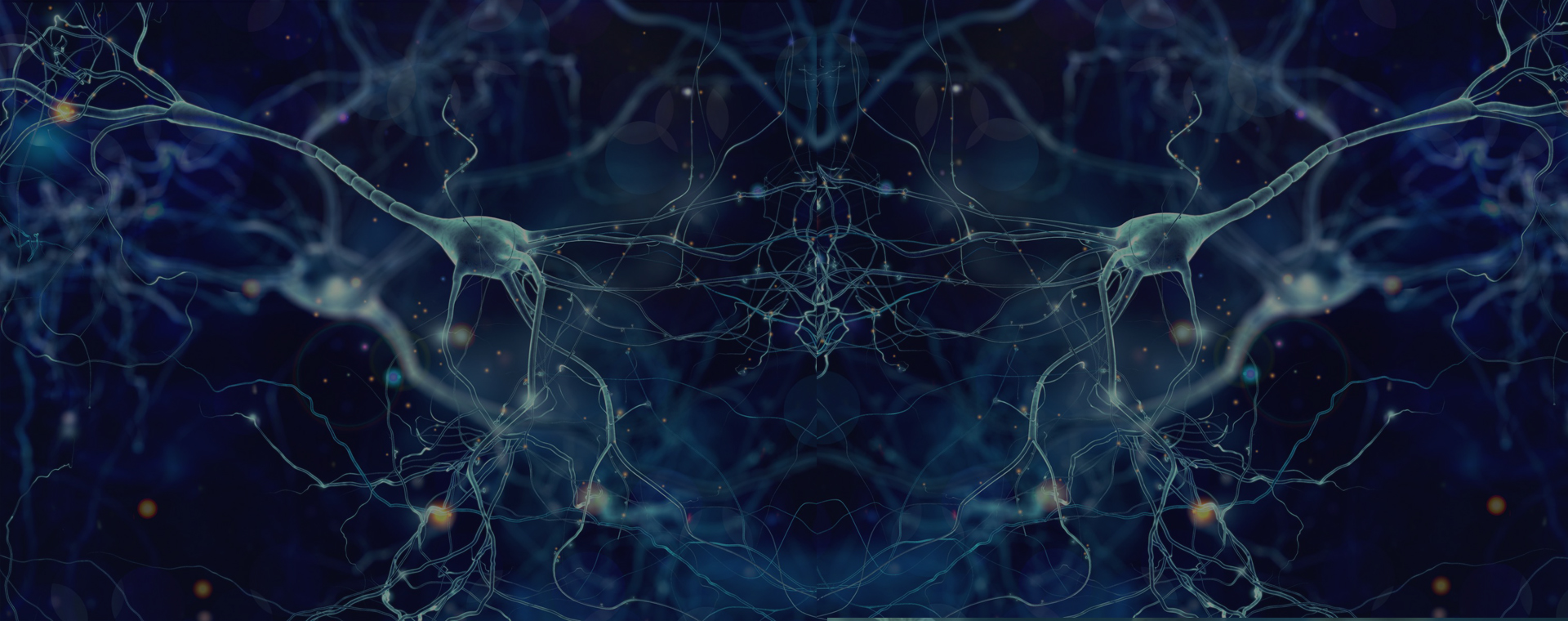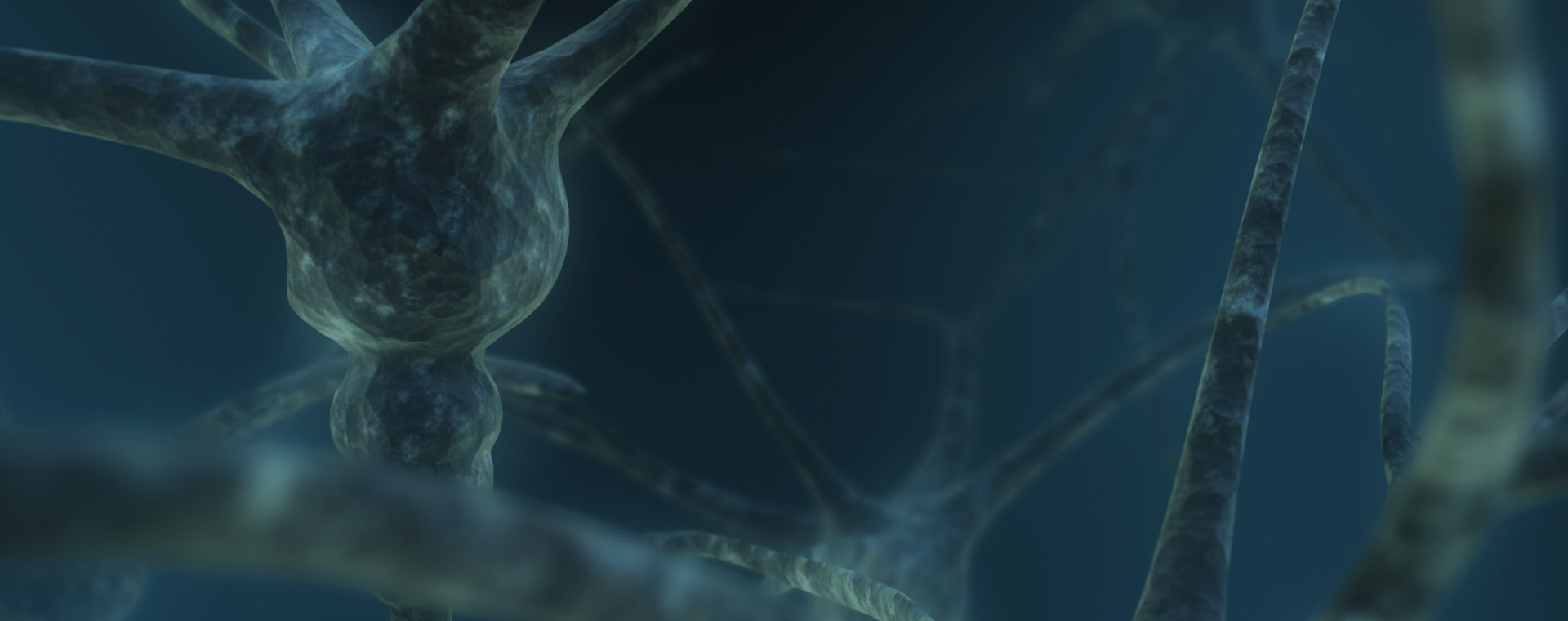-
 Enzymes are highly selective catalysts which can greatly accelerate both the rate and specificity of metabolic reactions, which range from the digestion of food to the synthesis of DNA. Almost all the chemical reactions in a biological cell need enzymes in order to occur at rates sufficient for life. Due to their wide range of activities based on their nature of reaction, Enzymes are classified according to their enzyme catalyzing reaction. The Enzyme Commission number (EC Number) is a numerical classification scheme for enzymes based on the chemical reactions they catalyze. Enzyme Manufacturers in India are highly selective catalysts which can greatly accelerate both the rate and specificity of metabolic reactions, which range from the digestion of food to the synthesis of DNA
Enzymes are highly selective catalysts which can greatly accelerate both the rate and specificity of metabolic reactions, which range from the digestion of food to the synthesis of DNA. Almost all the chemical reactions in a biological cell need enzymes in order to occur at rates sufficient for life. Due to their wide range of activities based on their nature of reaction, Enzymes are classified according to their enzyme catalyzing reaction. The Enzyme Commission number (EC Number) is a numerical classification scheme for enzymes based on the chemical reactions they catalyze. Enzyme Manufacturers in India are highly selective catalysts which can greatly accelerate both the rate and specificity of metabolic reactions, which range from the digestion of food to the synthesis of DNA -
 Enzymes are large biomolecules required for the numerous chemical interconversions that sustain life. These are generally known as "Biocatalyst". Enzymes are highly efficient, which can increase reaction rates by 100 million to 10 billion times faster than any normal chemical reaction.
Enzymes are large biomolecules required for the numerous chemical interconversions that sustain life. These are generally known as "Biocatalyst". Enzymes are highly efficient, which can increase reaction rates by 100 million to 10 billion times faster than any normal chemical reaction.
CO ENZYME Q 10 or Ubiquinone
Coenzyme Q (Co-Q, ubiquinone)( any of a class of compounds which occur in all living...
TRYPSIN CHYMOTRYPSIN
Trypsin Chymotrypsin is an oral proteolytic enzyme which has been in clinical use since the 1960s.
CHYMOTRYPSIN
Chymotrypsin reduces inflammation and edema associated with abscesses, ulcers, surgery or..
PANCREATIN
Pancreatin is a mixture of several digestive enzymes produced by the exocrine cells of the pancreas...
SERRATIOPEPTIDASE
Serratiopeptidase is a proteolytic enzyme (also known as proteases or peptidases) which breakdown proteins...
TRANSGLUTAMINASE
Transglutaminase is an enzyme that catalyses the formation of isopeptide bonds between proteins...
ALPHA GALACTOSIDASE
Alpha-galactosidase (α-GAL, also known as α-GAL A; E.C. 3.2.1.22) is a glycoside hydrolase enzyme that..
XYLOSE ISOMERASE
Xylose is classified as a monosaccharide of the aldopentose type, which means that it contains five...
FUNGAL DIASTATE
Fungal diastase or fungal alpha-amylase is an enzyme that is generally consumed as a supplement...








